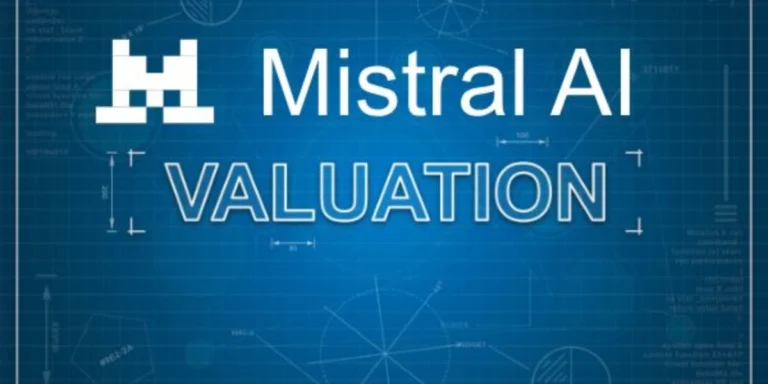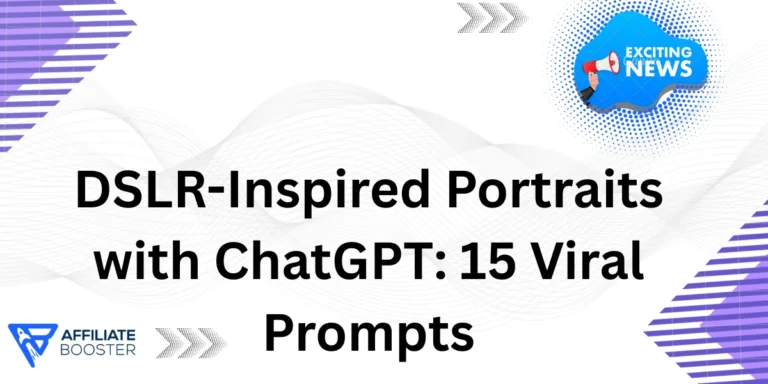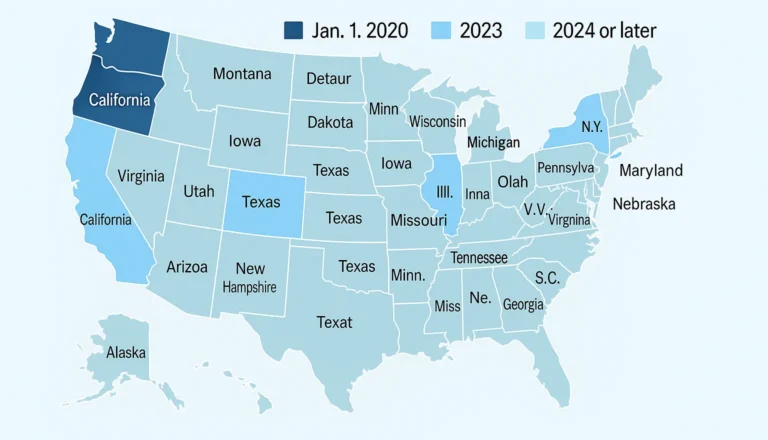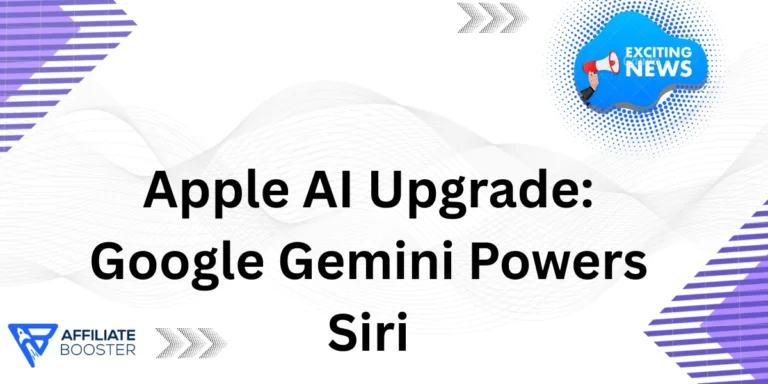Experts reveal eight specialized AI model types that drive innovation in technology. Steve Nouri, a top AI advisor, shares insights on these models in a recent post. These AI model types transform how we interact with machines. They boost efficiency in fields like healthcare and finance. As AI grows, understanding these types helps developers and users stay ahead. Nouri's overview, published in May 2025, highlights their strengths and challenges. This knowledge powers better AI products in 2025 and beyond.
Key Features of Eight AI Model Types
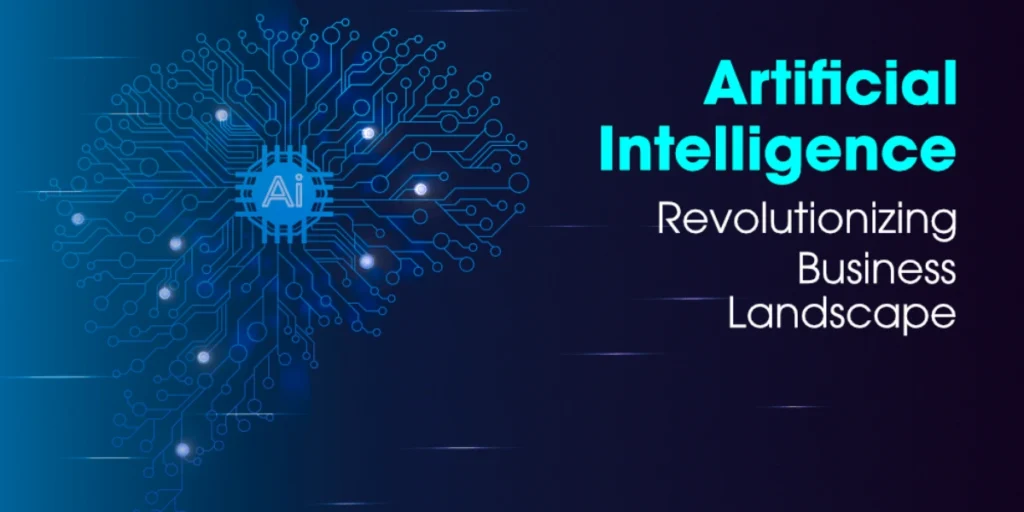
- Large Language Models (LLMs): LLMs train on huge datasets to create human-like text. Models like GPT-4 and LLaMA power chatbots and translators. They offer broad knowledge but face issues like biases and high costs.
- Latent Concept Models (LCMs): LCMs find hidden patterns in data for clear explanations. They aid decisions in healthcare and finance. LCMs provide transparency but need expert input for vague concepts.
- Language Action Models (LAMs): LAMs turn words into actions on devices. They handle tasks like booking flights or controlling smart homes. LAMs improve efficiency but require safety checks to avoid errors.
- Mixture of Experts (MoE): MoE models mix specialized sub-models for better performance. Examples include Switch Transformer and Mixtral. They handle complex data well but can be hard to debug.
Also Read: 15 Best Grammarly Alternatives : Best Free & Paid Picks🔥
- Vision Language Models (VLMs): VLMs process images and text together. Models like CLIP and ALIGN describe visuals for searches and accessibility. They enable multimodal tasks but struggle with poor-quality images.
- Small Language Models (SLMs): SLMs run on low-power devices like phones. Phi-3 mini is a key example for offline tasks. They save resources and protect privacy but limit deep reasoning.
- Masked Language Models (MLMs): MLMs like BERT predict hidden words for context understanding. They excel in sentiment analysis and searches. MLMs focus on interpretation but need extras for text generation.
- Segment Anything Models (SAMs): SAMs from Meta segment objects in images with prompts. They speed up editing and medical analysis. SAMs offer accuracy but may need tweaks for small details.
Future AI blends these model types for smarter solutions. Developers at events like VSearchCon 2025 explore tools to build with them. This evolution makes AI more adaptable and user-friendly.
More News To Read: ChatGPT-5 Unveils Smarter AI And Self-Directed Thinking
